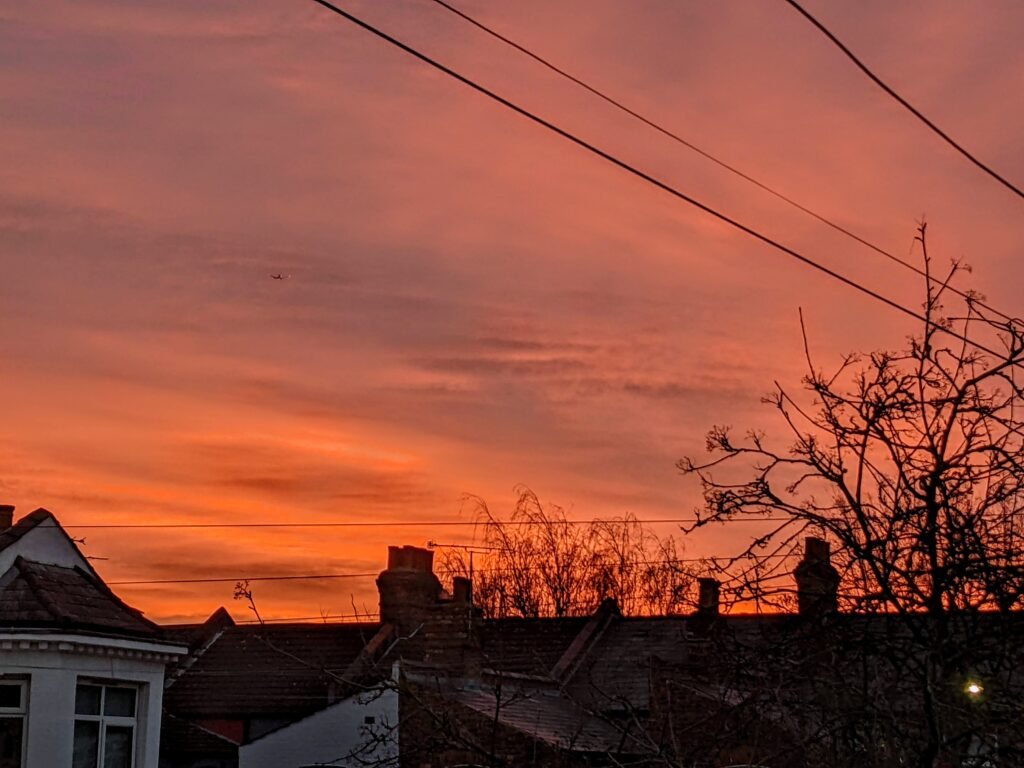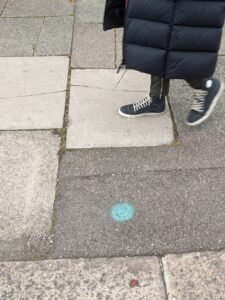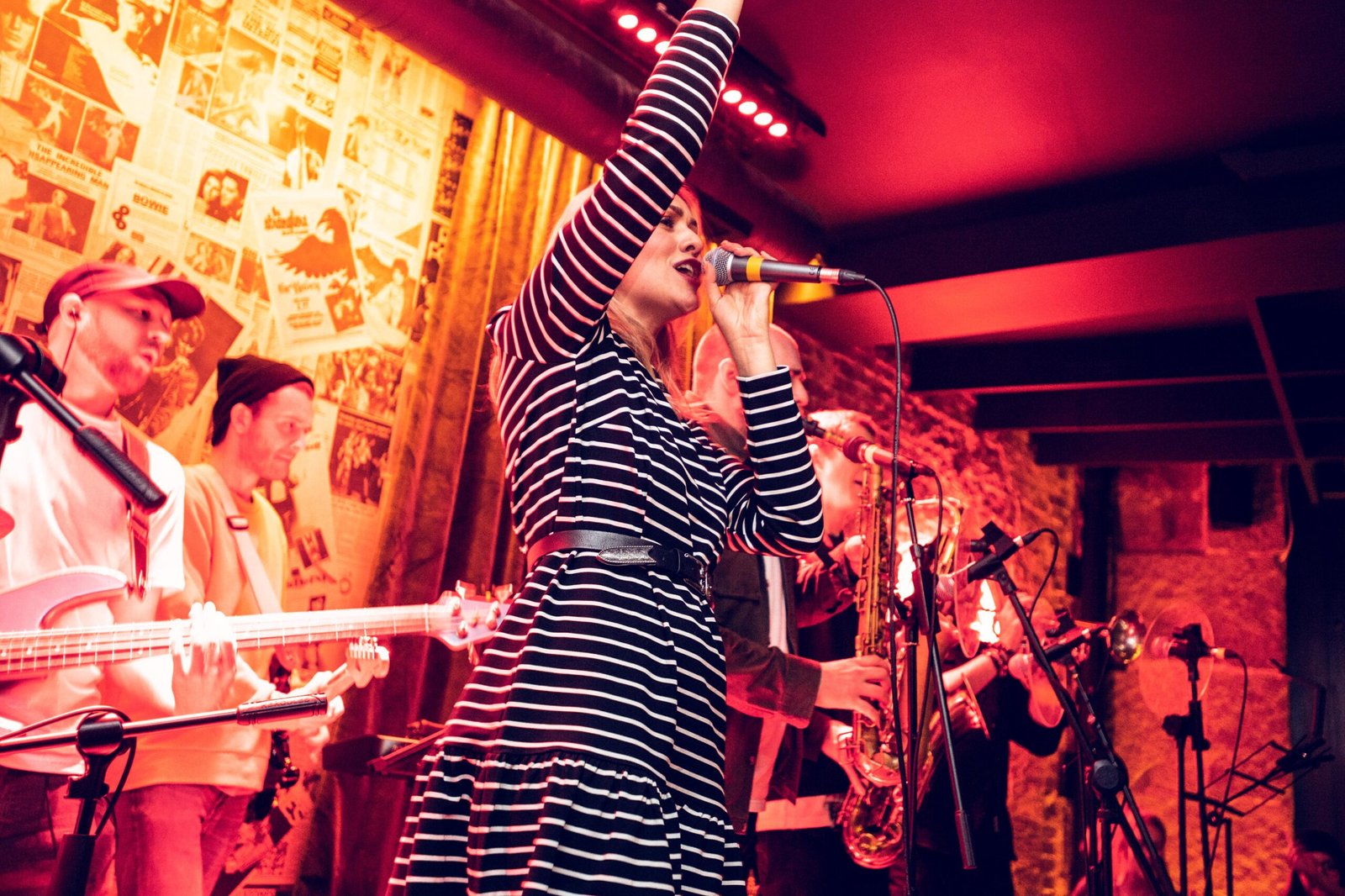
Street trees are good for you
I’m going to tell you about trees. Specifically, street trees. And how my business, Working Content, sponsored three trees to be planted on my London street.
First, a warning: unlike much of LDNLife, this isn’t a food outlet review. Don’t go biting trees. You’ll get bark in your gums.
Street view
Working Content is a consultancy that provides strategy and content mostly for large public and private sector organisations. We work from my home in Haringey, so it makes sense to invest where we’ve got roots. After seeing a joint appeal for tree-sponsors from Haringey Council and Trees for Streets, we decided to get involved.
My street already has some trees. But as Lizzie from Trees for Streets said when she looked at it on Google Streetview, “it has a lot of opportunity”, which was her polite way of saying, it’s barren.
I live in Wood Green. “Wood Green” may have been descriptively true when it was named. Now “Brick Brown” or “Satellite Dish Off-White” would be nominatively accurate.
When I viewed my house in July 2009, it had a tree outside. By September, when I moved in, the tree was gone. A depression of tarmac, which puddles in rain, is a constant reminder of the tree’s absence. As well as investing hyper-locally, this is also an opportunity to put back what’s missing.
Of course, there’s a lot more to urban trees than prettying my street.
According to Natural England, every £1 spent on trees saves the UK £7 in healthcare, energy and environmental costs.
Mature trees absorb carbon dioxide and many of the other airborne nasties that comprise urban pollution. They emit oxygen, which I enjoy as much as the next person. In summer the leaf canopy casts shadow, helping to cool the streets.
Trees alleviate local flash-flooding and filter rainwater. Trees help nature spread in urban environments – birds and insects feed in trees, squirrels hop from tree to tree above street level.
According to Trees for Streets, trees also improve our mental and physical health. Seeing trees makes us feel good.
If this all sounds like hippy nonsense, house-buyers favour tree-lined avenues. Trees may not raise the sale price of a house, but they may increase the chances of the house selling versus a comparable house on a street without trees.
Haringey partnership
Trees for Streets is a not-for-profit enterprise, set up by the charity Trees for Cities, and civic innovator, Start with Local. It’s supported by the Mayor of London and funded by the government’s Green Recovery Challenge Fund and City Bridge Trust.
Haringey is one of many London Boroughs Trees for Streets partners with. Sponsorship is £200 per tree, or £250 if you can’t be arsed to water it. Confession: I can’t.
Working Content sponsored 3 trees in 2021. I chose where the trees should be planted (within working limitations), and suggested what type of tree I’d like planted. Seeing as you asked, silver birch, because there are already some nearby, and their trunks blend in with the satellite dishes.
The business will branch out into other streets in 2022 if the budget allows.
You might be thinking: isn’t it the local authority’s job to plant trees on our streets? True facts. But, as you’ve probably twigged, local councils have been starved of cash by central government for decades. Covid has given them another kick in the hazelnuts.
Furthermore, street trees are more expensive than the immature whips planted in parks and woodland. Street trees are planted when they’re older and taller, requiring specialist planting.
Currently Working Content’s trees are marked by green dots on the pavement. By March, those dots will be new trees.
If you think your local street would benefit from another tree, I’d encourage you to get involved.








